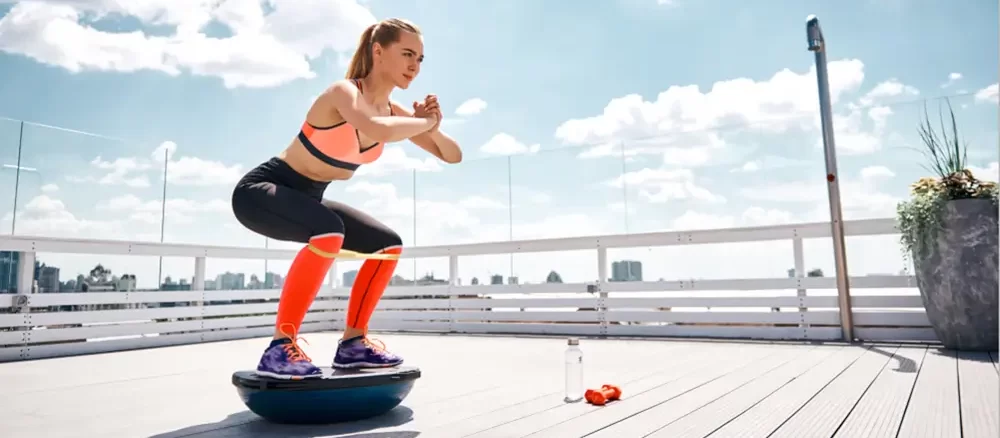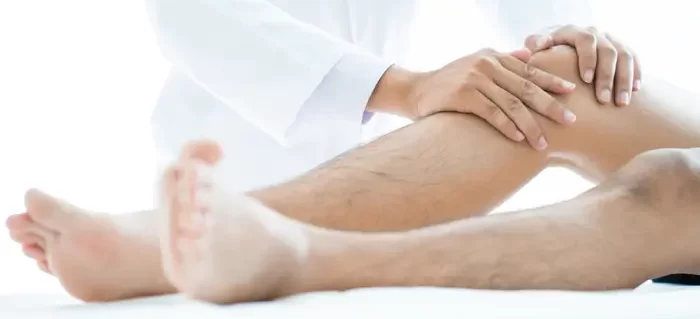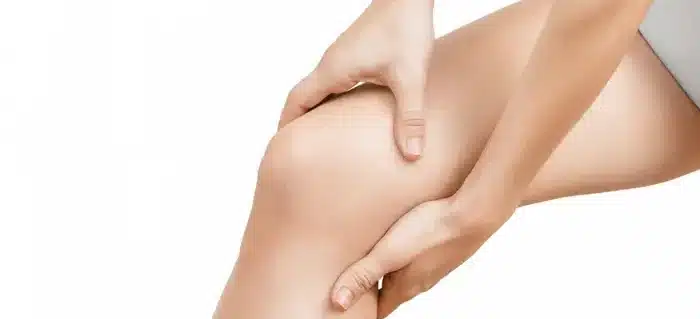
What is an ALL reconstruction or Lemaire plastic (LET)?
If you play a high-risk sport (soccer, basketball, etc), then in addition to an anterior cruciate ligament reconstruction, you will probably also receive additional reinforcement on the outside of the knee (ALL). On the referral for your physical therapist or in the surgery report will be terms like ALL reconstruction, Lemaire plastic or LET. In this blog, we take a closer look at these terms and explain what an ALL reconstruction, Lemaire plastic or LET is.
Anterolateral corner instability
The Anterolateral Ligament (ALL) is a structure on the outside of the knee that was rediscovered in 2013. Through the course of the ALL, this ligament helps stabilize the rotation of the knee. The tractus iliotibialis band (ITB) also stabilizes the knee in this direction. In a knee injury in which the anterior cruciate ligament tears, both the ALL and fibers of the ITB can tear. After anterior cruciate ligament reconstruction, rotational instability (anterolateral angle instability) may remain. A reinforcement on the outside of the knee may be a solution for this. Several studies have also shown that additional external reinforcement reduces the risk of re-injury after primary anterior cruciate ligament reconstruction. In a study by Getgood, the STABILITY 2 study, it is still being investigated whether this applies to every type of anterior cruciate ligament graft required. Several techniques are known for repairing anteriolateral angle instability. These can be divided into the ALL reconstruction and lateral Extra-Articular Tenodesis technique (LET), which includes the Lemaire Plasty. In this blog, we explore the question: what is the difference between an ALL reconstruction and a modified Lemaire Plasty?
Michael de Levie and Wybren van der Wal Orthopedic surgeon at hospital the Gelderse Vallei in Ede.
Stability of the knee
Looking from the top of the tibia, we see an oval shape that marks the bottom of the knee. We can divide the oval shape into four compartments creating four angles. We use these angles to name the structures that schematically provide stability to the knee. The structures responsible for this can be divided into ligaments, fascia, menisci, tendons and muscles. At the center of the knee are the anterior and posterior cruciate ligaments.
The four corners are:
- Posterolateral (backside-outside)
- Posteromedial (backside-inside)
- Anteromedial (front inside)
- Anterolateral (front outside)
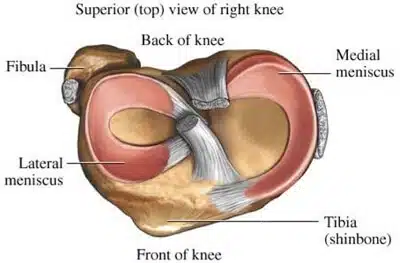
The anterolateral angle (anterolateral angle)
This blog focuses on the influence of the anterolateral angle on the anterior cruciate ligament. Dr. Wybren van der Wal, orthopedic surgeon and employed by Sports Valley at the Gelderse Vallei hospital in Ede has done research on this. One of the conclusions is that the tractus iliotibialis (ITB) is an important secondary rotational stabilizer of the anterior cruciate ligament. The ITB is attached to the outside of the tibial bone and is connected to the outside of the thigh bone (femur) via Kaplan fibers and capsulo-osseous layer. This prevents inward rotation of the lower leg relative to the upper leg. Several studies have shown that the ALL has the same function, but Dr. van der Wal's review study, in which the results of several studies were juxtaposed, showed precisely no evidence of this contribution. So there remains much debate about what exactly is the function of which structure.
In this link you can follow such an interesting discussion between two orthopedic surgeons Dr. R. Hoogeslag OCON from Hengelo and Prof. S. Claes AZ Herentals and KU Leuven.
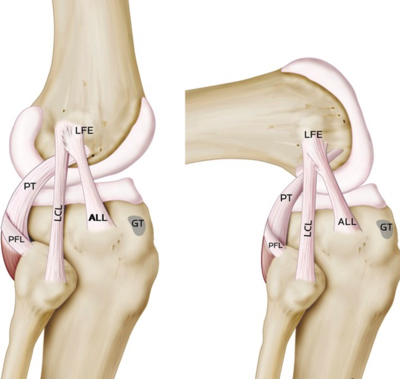
Anterolateral corner instability
With an anterior cruciate ligament injury, the ALL and/or the tractus iliotibialis may also rupture. A Segond fracture is characteristic of an ALL injury. An anterolateral angle instability means that the anterior outer side of the knee can turn further inward compared to the unaffected side. This could be detected by a positive pivot shift test can assess. In the blog 10 facts about ALL you can read what an ALL is and what the surgery options are.
What is an ALL reconstruction?
ALL reconstruction is surgery on the outer (lateral) side of the knee. In this technique, a free graft is used to reconstruct the ALL. The graft is made of a tendon. This tendon is extracted from the patient's own body or a donor tendon is used and it is usually the gracilis tendon. From the tendon a nice bundle is made and fixed in the course of the original ALL. Other techniques have also been described how the ALL can be reconstructed.
What is a LET?
Regularly, a LET is confused with an ALL reconstruction. Probably for convenience and because everyone recognizes the ALL as a new term. In fact, however, they are different techniques. We are dealing with an ITB plastic, of which the modified Lemaire plastic is a common example (several techniques have been described). A good description for this technique is Lateral Extra-articular Tenodesis (LET). In this technique, a strip is removed from the ITB. The lower part of the strip remains part of the ITB and thus remains attached to the tibia. The upper part of this strip is loosened and brought down along the outer knee ligament (lateral collateral ligament) and fixed on the thigh bone (femur). There are several techniques for fixation but we won't go into those in this blog. In this video, you can see Dr. R. Hoogeslag perform a LET on a patient with anterior cruciate ligament reconstruction.
Results of anterolateral angle reconstruction
There is a lot to do about the ALL and whether or not there are differences between these techniques is fodder for debate. Dr. W. van der Wal was able to show in his review study (on cadavers) that there is no difference in results between the two techniques and that, on the contrary, it is more important to dwell on the effect of anterolateral angle reconstruction. The risk of new anterior cruciate ligament injury is significantly reduced with the addition of anterolateral angle reconstruction. This has been shown by several studies and is positive news. More and more physicians are therefore performing an ALL reconstruction or LET technique as standard practice for anterior cruciate ligament reconstruction.
Summary
There are mainly two techniques to restore anterolateral angle instability. Both the ALL reconstruction and the LET can accomplish this well They both have a fixation point on the outer part of the tibia and the outer part of the femur bone. The major difference between the two techniques is the type of graft used. With the ALL this is a free graft (tendon from the gracilis) and with the LET a strip from the ITB ligament. In the Netherlands the LET is mainly used, but Dr. van der Wal's research has shown that both techniques are equally good. Therefore, it may also be better to call the technique anterolateral angle reconstruction with free graft or ITB plastic.


